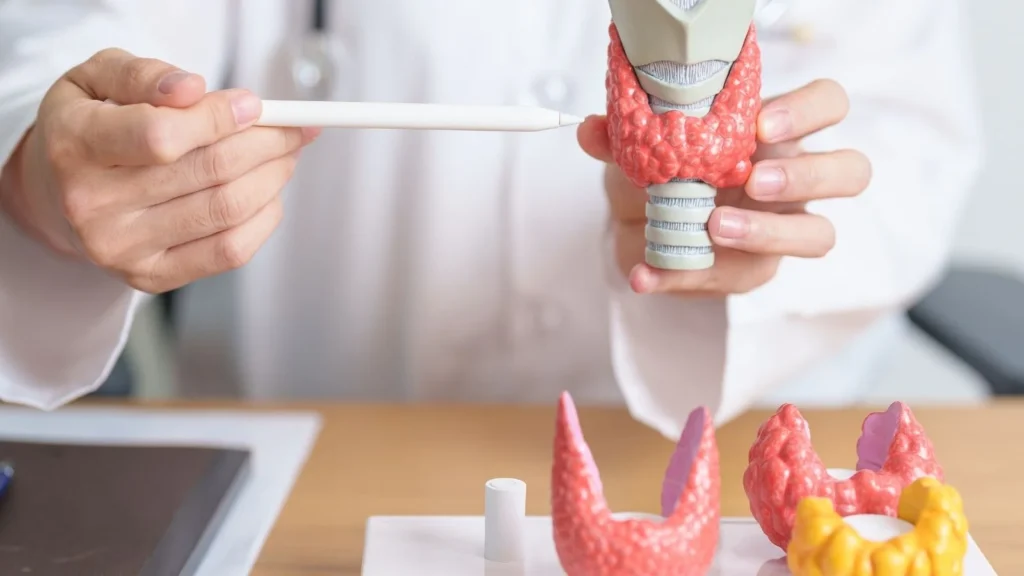Thyroid goiter, an enlargement of the thyroid gland, is a common condition affecting millions worldwide. While most cases are benign, patients often experience discomfort, difficulty swallowing, or cosmetic concerns. Traditionally, treatment options included medication or surgery. However, thyroid artery embolization has emerged as a minimally invasive and effective alternative. This procedure reduces thyroid size and alleviates symptoms while minimizing surgical risks.
What is Thyroid Embolization?
Thyroid embolization is a minimally invasive procedure performed by interventional radiologists. It involves blocking specific blood vessels supplying the thyroid gland using tiny particles. This reduces blood flow to the goiter, causing it to shrink gradually. The procedure is usually done under local anesthesia, and patients can often return home the same day.
How the Procedure Works
- A small catheter is inserted into a blood vessel, typically in the groin or arm.
- Using imaging guidance, the catheter is navigated to the thyroid arteries.
- Tiny embolic agents are released to block blood flow to the enlarged thyroid tissue.
- Over several weeks, the reduced blood supply causes the goiter to shrink naturally.
Benefits of Thyroid Embolization
- Minimally Invasive: Unlike surgery, there are no large incisions, reducing the risk of infection and scarring.
- Faster Recovery: Patients typically experience shorter recovery times and can resume normal activities quickly.
- Reduced Complications: The risk of complications like vocal cord damage or hypoparathyroidism is lower compared to surgical removal.
- Symptom Relief: Embolization effectively reduces pressure symptoms such as difficulty swallowing, breathing issues, and neck discomfort.
- Cosmetic Improvement: Shrinkage of the goiter improves neck appearance without the need for open surgery.
- Alternative for High-Risk Patients: It is especially suitable for patients who are not ideal surgical candidates due to age, comorbidities, or personal preference.
Potential Outcomes and Expectations
Most patients notice a gradual reduction in goiter size within a few weeks to months. Symptom relief is usually significant, and the procedure can sometimes be repeated if necessary. Mild discomfort or swelling at the catheter site may occur but typically resolves quickly. Regular follow-ups with ultrasound and blood tests are recommended to monitor thyroid function and overall results.
Who Can Benefit from Thyroid Embolization?
- Patients with benign thyroid goiters causing discomfort or cosmetic concerns.
- Individuals for whom surgery carries high risks.
- Patients seeking minimally invasive alternatives to thyroidectomy.
Conclusion
Thyroid embolization represents a safe, effective, and patient-friendly option for managing thyroid goiters. With minimal downtime, reduced complications, and excellent symptom relief, it provides an innovative alternative to traditional surgical approaches. Patients considering treatment for thyroid enlargement should consult with an interventional radiologist or thyroid specialist to determine if embolization is suitable for their condition.

